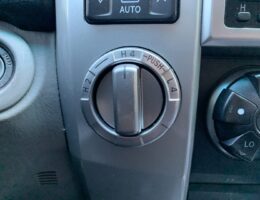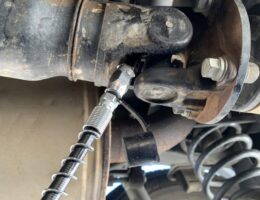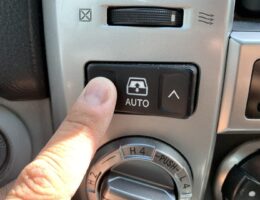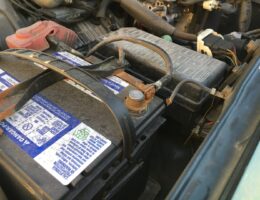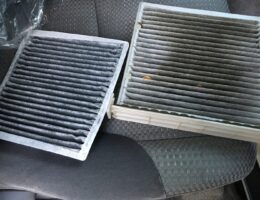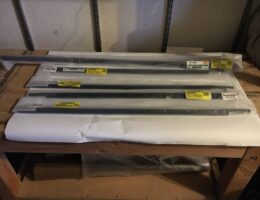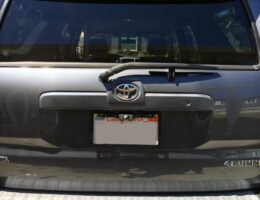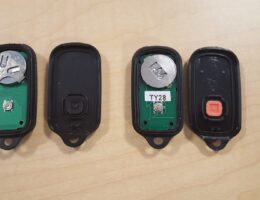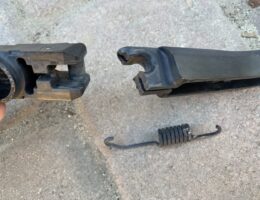If you’re a 4th generation Toyota 4Runner owner, you may have heard of the phrase, “use it or lose it” being used. This term basically means that you should use your four-wheel drive system on a regular basis, otherwise it may stop working later down the road. The electronically-controlled 4WD actuator that is located inside of the transfer case can potentially seize up if not used for prolonged periods of time. Since the actuator is located inside of the transfer case, the transfer case itself needs to be opened before gaining access to the actuator. As you can conclude, if the 4WD actuator fails, you will end up with a costly repair. So “use it or lose it” to save yourself from future headaches.
Lubricating the driveshaft (a.k.a. propeller shaft) is a key maintenance item on the 4th generation Toyota 4Runner that every owner should be doing. Armed with a grease gun and appropriate grease, it is easy to grease up the driveshaft and keep your driveline working properly. There is a bit of variability in information related to how often you should be greasing your driveshaft, as well as what type of grease you should be using on the various components of the propeller shafts. Once you navigate through the confusion around the the maintenance interval and the grease type, the maintenance itself is quite easy and ensures you keep your driveline in tip-top shape.
If the car battery on your 4th generation Toyota 4Runner was ever replaced, you might have experienced your automatic driver’s side window, moonroof, and rear hatch window no longer opens or closes automatically with the single full press of your controls. This is common when the battery has been disconnected; it requires you to perform a “normalizing” procedure to re-activate the auto open and close feature of your 4Runner.
This short cable that is broken off in the photo below is a battery ground cable. This cable should be connected between the negative terminal of the car battery and the body of the vehicle. Over time, if the battery is not securely tied down, the wire strands of the battery ground cable can fatigue and break due to constant movement. Rust and corrosion will accelerate this process. This can potentially be a safety issue and you might see some voltage issues as well.
It boggles my mind when vehicle owners change out their car’s air filter regularly, yet neglect the cabin air filter which filters the air that the people inside breath. When outside air comes into the vehicle, it passes through the cabin air filter before it enters the cabin. So in the interest of your health, you should change the cabin air filter out on a regular basis.
A common issue on these 4th generation Toyota 4Runners is the deterioration of the window moldings or weatherstripping over time. These are the rubber molding pieces that sit atop each of the doors (and liftgate) and between the door and window. Replacing these moldings is an easy job, however the cost of these parts can be a bit costly.
The 4th generation Toyota 4runner has a rear wiper blade that is easily replaceable. It sits on a support at the bottom of the rear hatch window when not in use, but uses a spring to press the arm against the window when it operates. The front windshield wipers get the attention usually, but if you use the rear wiper at all, you’ll realize after some time that it will need to be replaced eventually too.
If you own a 4th generation Toyota 4Runner, you should have received a number of key fobs and keyless entry remotes with the car. I look at a variety of aftermarket key fobs and keyless entry remotes that I’ve purchased over the years to compare the quality of their build and operation.
For years, my 4th generation Toyota 4Runner only wipe a portion of the rear hatch window when it should be wiping an entire half circle. It turns out that fixing this problem is very simple, and requires only a slight cut to the plastic rear arm to fix the issue of the rear wiper arm not making full contact with the window.

